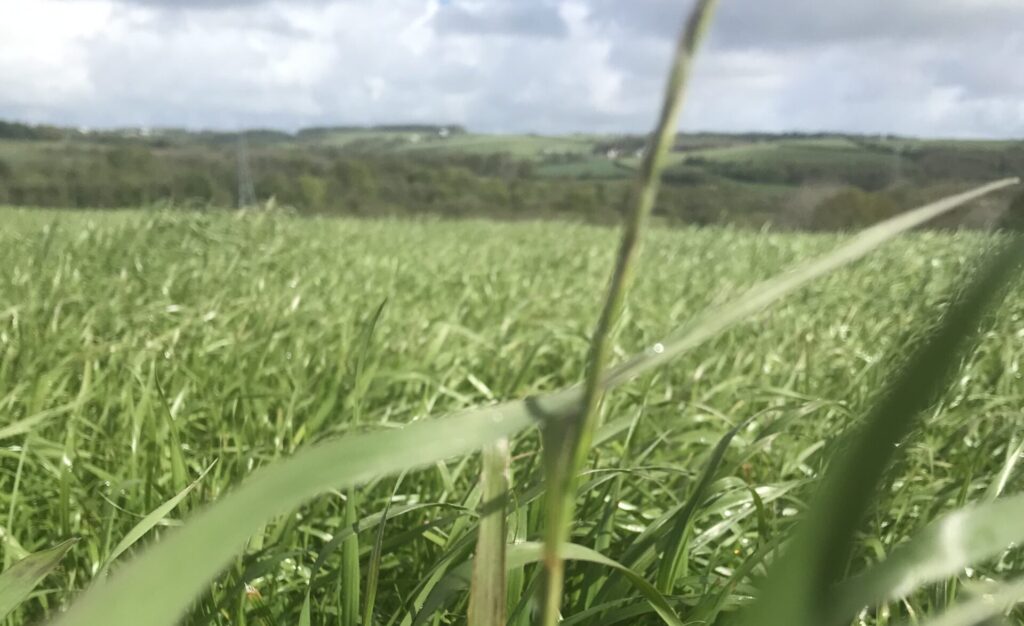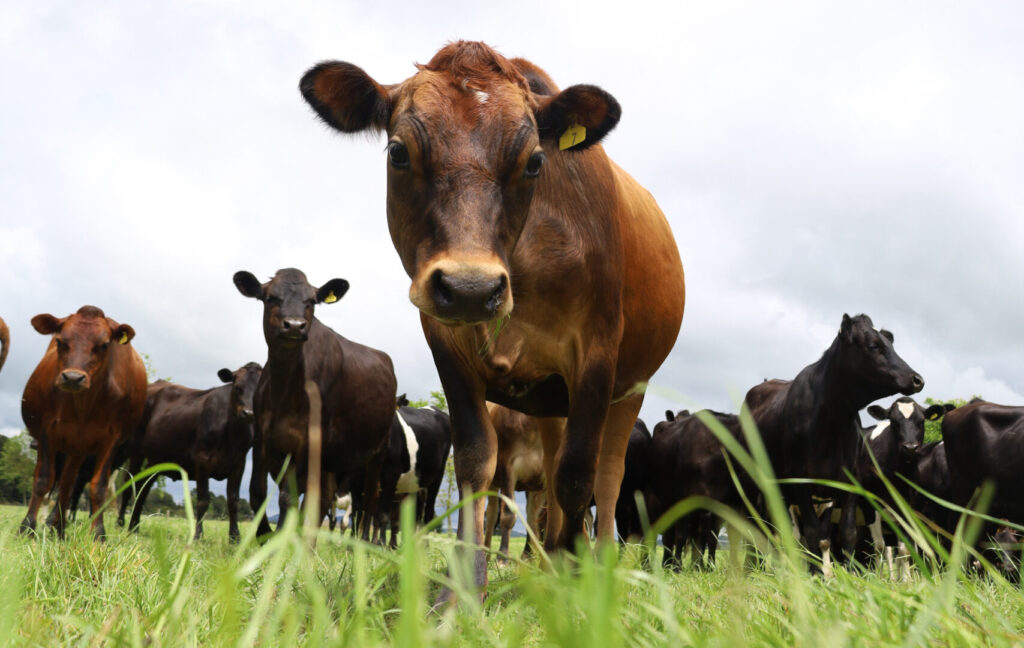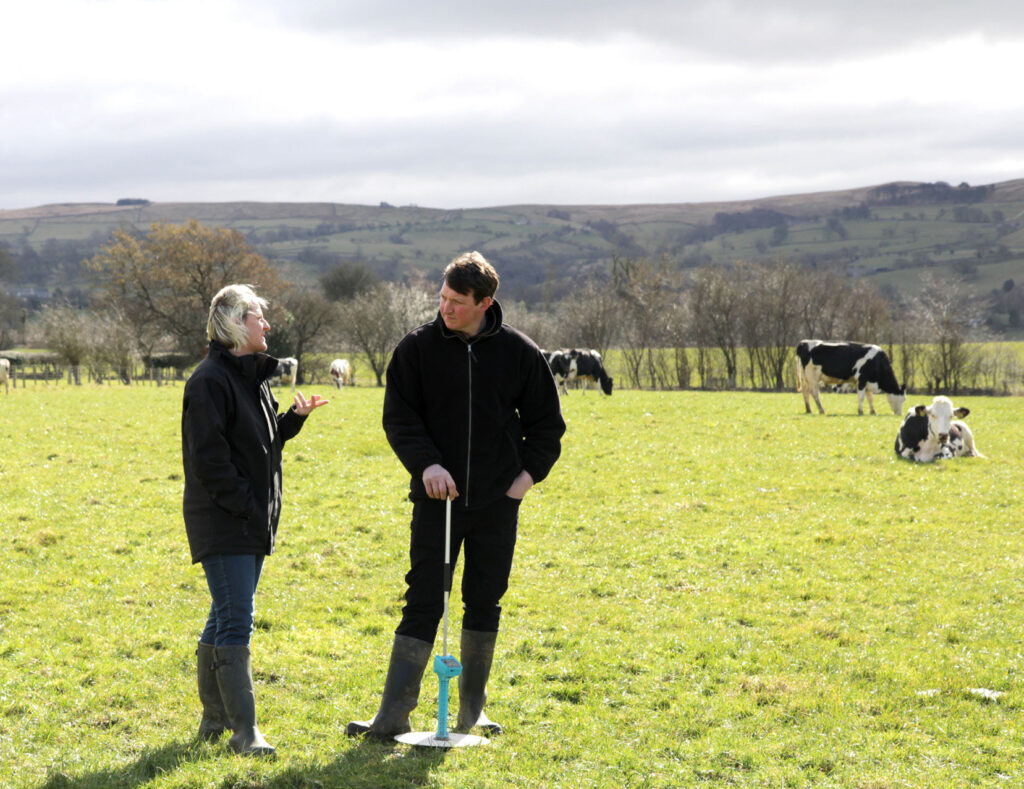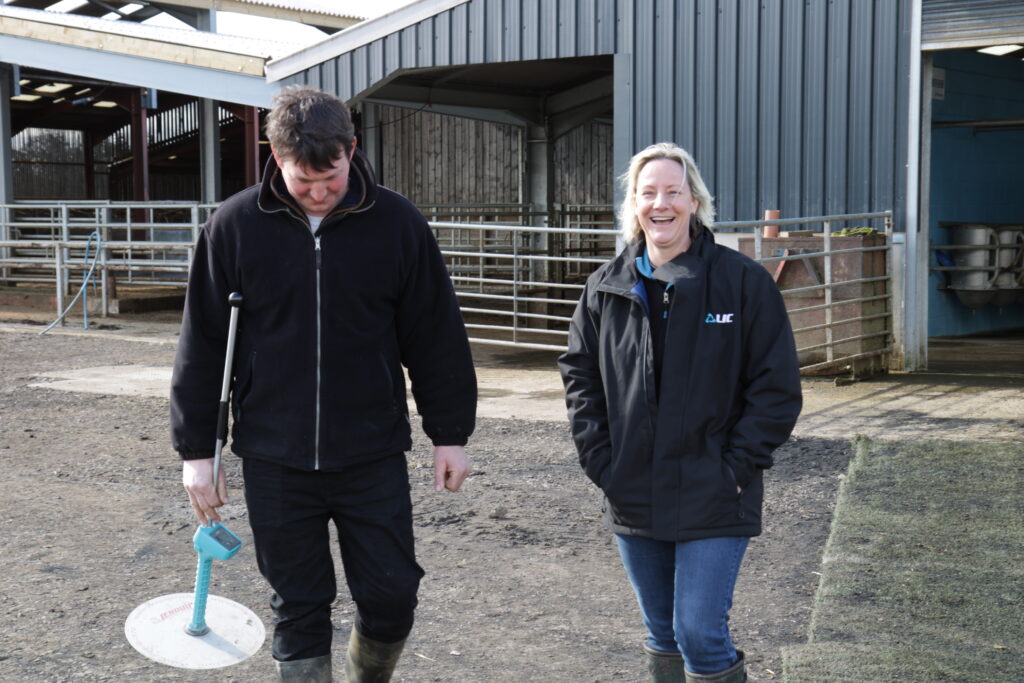Both the mating and winter seasons have arrived at Walford College Farm. LIC Pasture to Profit Consultant Sean Chubb shares the current situation and recommendations for the monitor farm.

Current situation
Within the first five days of mating, 103 cows had been served. The 51 cows that had missed heats through pre-mating checks were synced for the start of mating, along with all the heifers.
Currently the cows are fed 8kg DM of first-cut silage, 2.5kg DM of bale silage, 5.5kg of concentrates, 2.5kg DM of fodder beet and 1kg DM of straw. The process of lifting the fodder beet using the beet bucket didn’t go as planned – an excessive amount of soil was lifted with the beet due to the weather. To overcome this issue, we’ve used a traditional beet lifter, which discards the leaf but lowers the protein level within the ration from beet. This has then been made up through the concentrates. There’s still some fodder beet left in the ground and fortunately the bulbs seem to have survived the heavy frosts in late November early December without damage.
Overall, average cow condition is good, but the range varies. The 70 spring-calving cows are balancing out the Holsteins, which are around 2.4 condition score.
The cows are currently producing 20L per cow, with fat sitting at 5.16% and protein at 3.73%.
The calves have been weaned off milk and are now on meal and straw. As yet, growth rates have not been calculated after the recent weigh-in. The calves have been vaccinated for pneumonia, but have now developed a slight cough.
Recommendations
- Monitor the heat cycles of the Holsteins. If there cycles are missing or irregular, increase their concentrates, as they could be in a negative energy balance.
- With the wetter than normal autumn, keep an eye out for cows slipping on the concrete, especially around the outdoor feed barriers. If you notice any slipping, apply sand or sawdust to provide grip – cows are less likely to stand to be ridden if they are unstable.
- As mating heads into week four, monitor the non-return rate to give an estimate of the conception rates for the first three weeks.
- As you head towards the end of your first-cut silage, start to blend it with the silage in the next clamp to minimise any affects from a change in palatability.
Email Sean Chubb or call him on 07833 228501 if you have any questions about Walford College Farm or would like a consultation on your farm.



